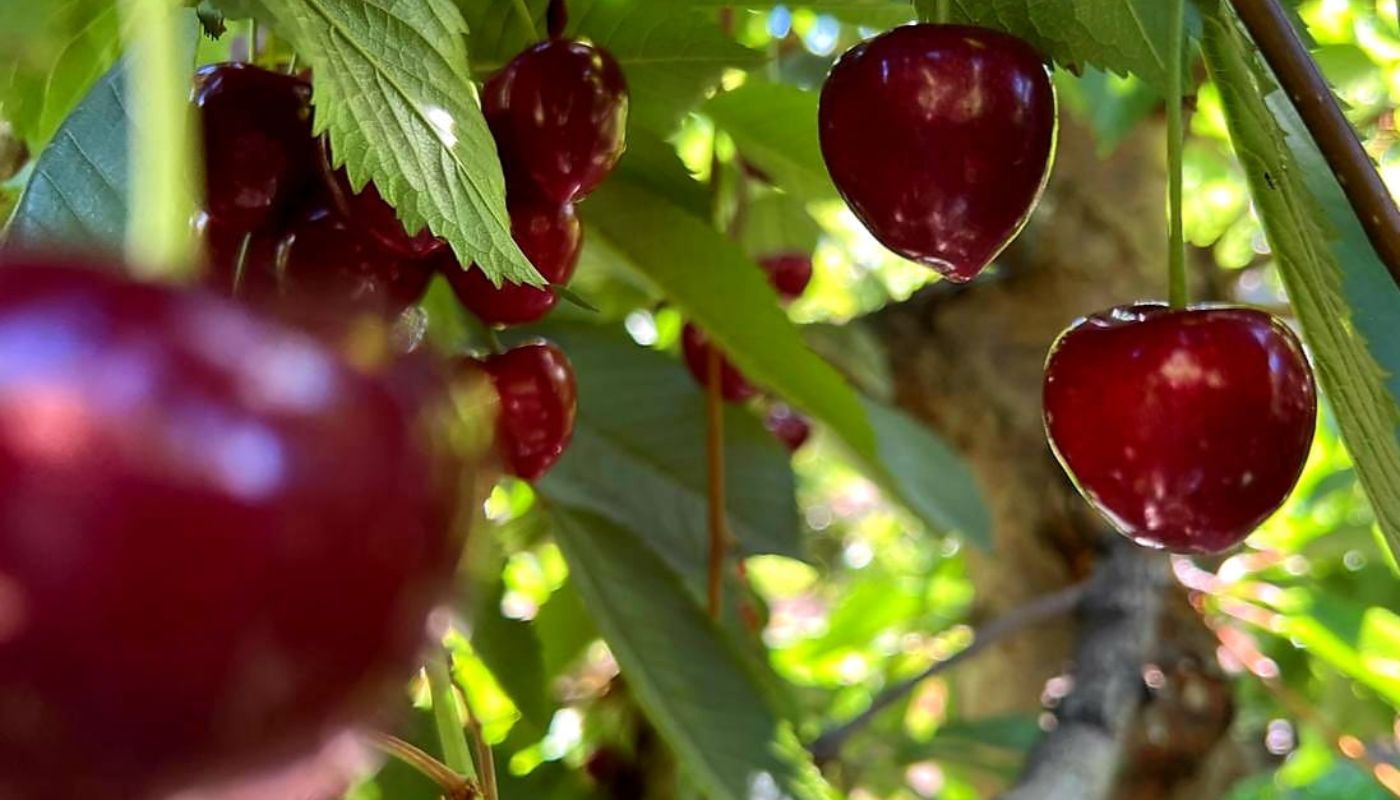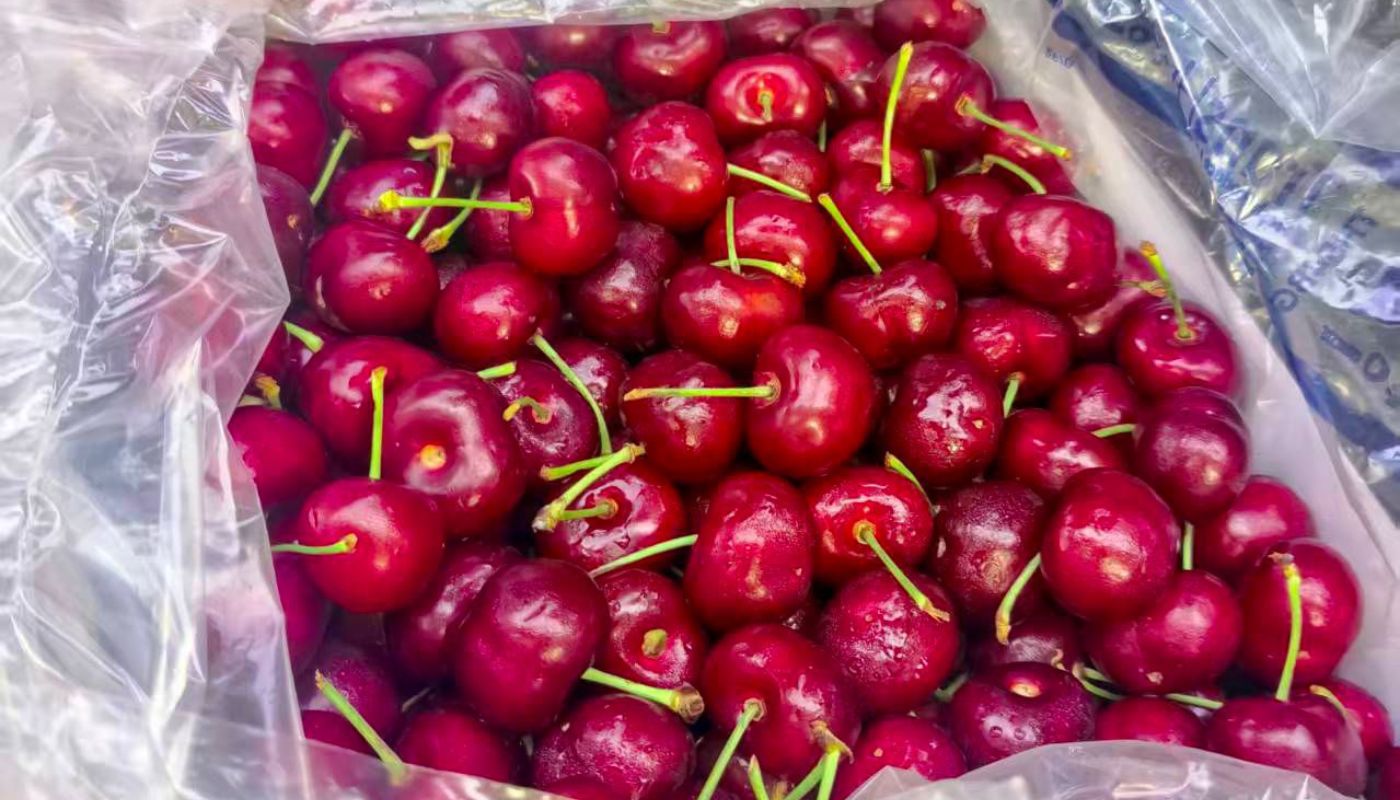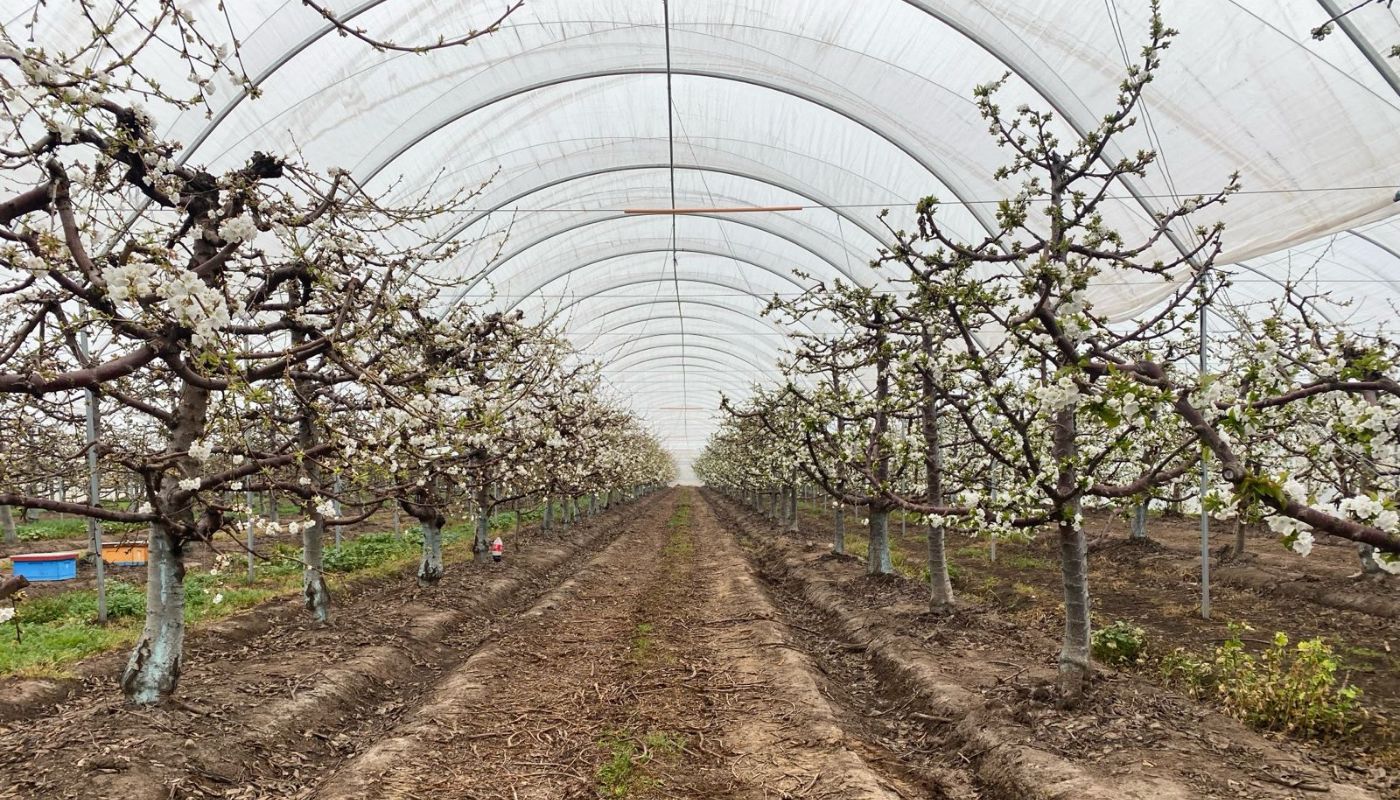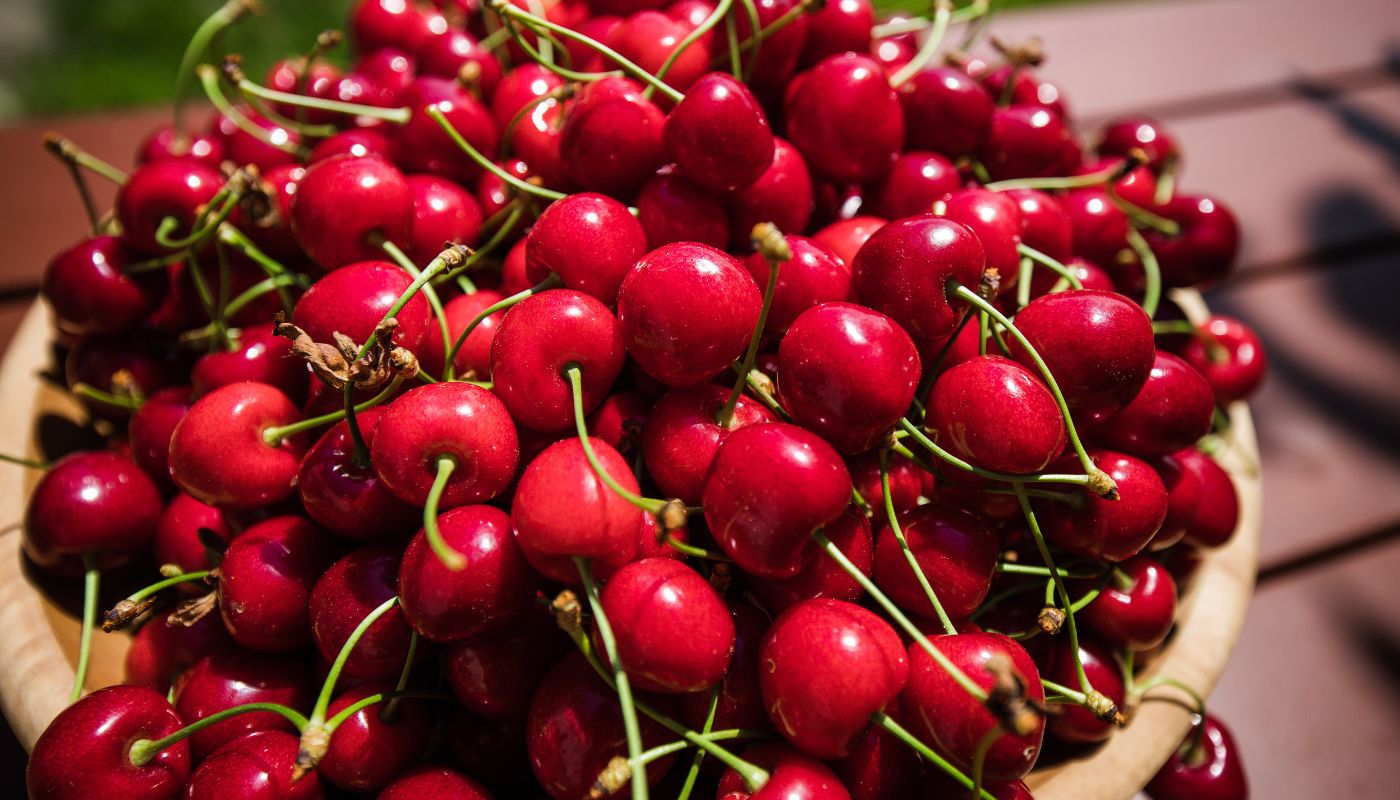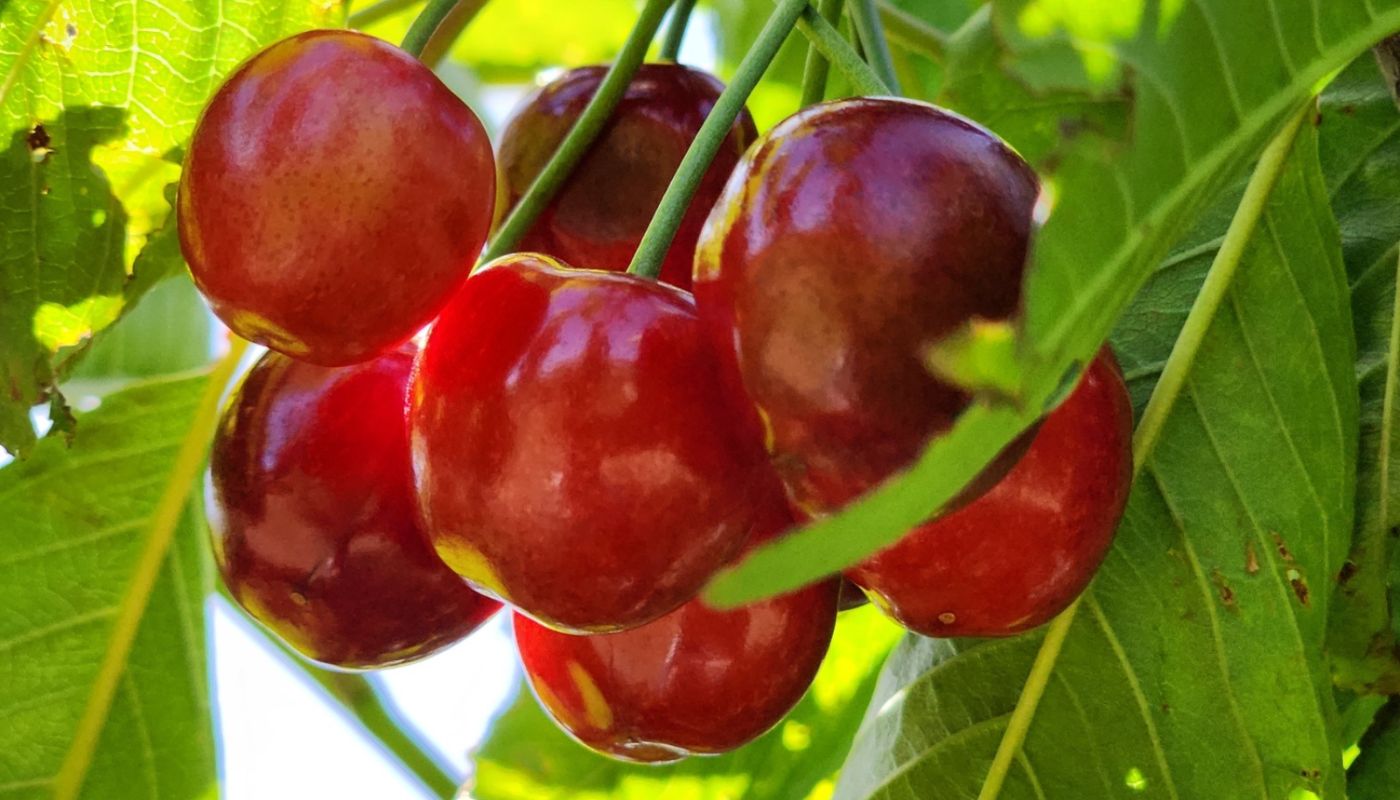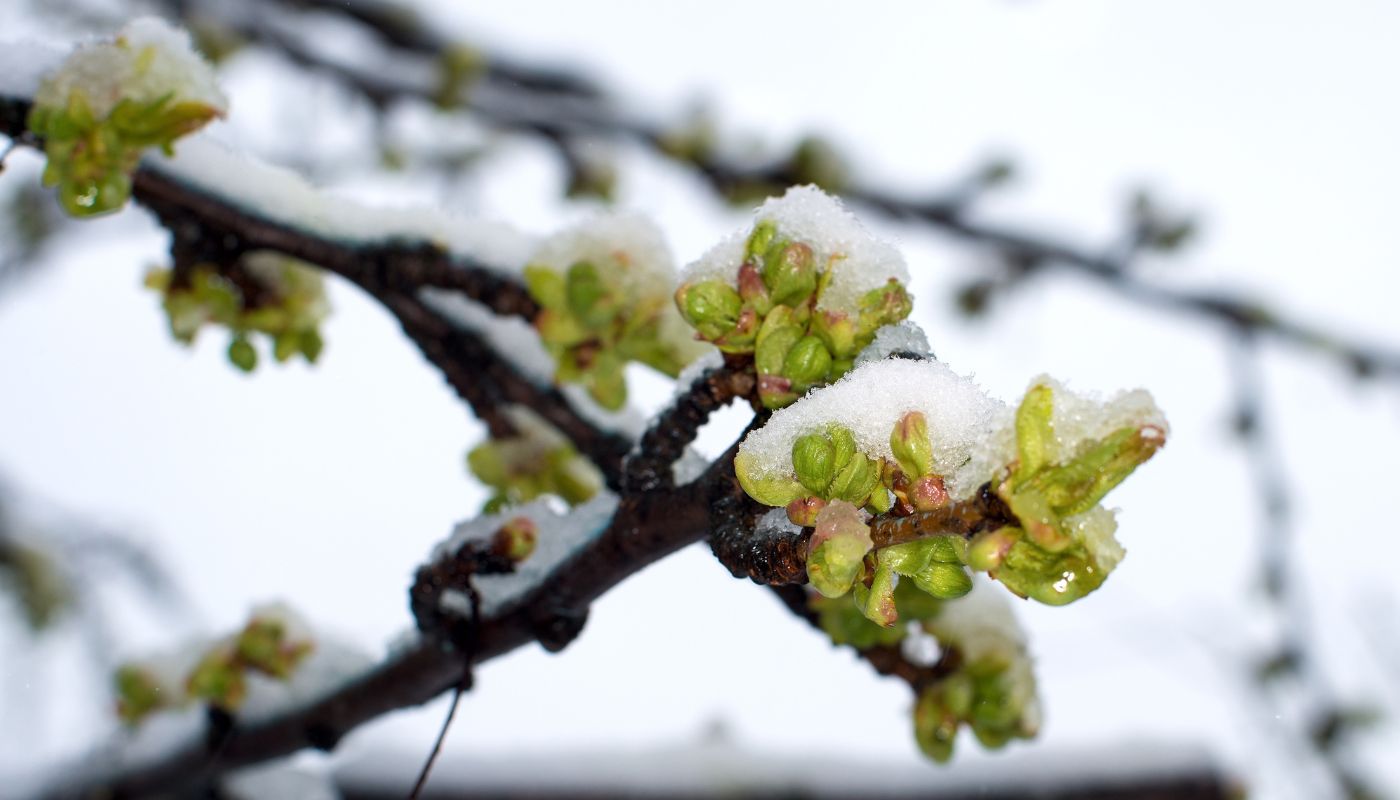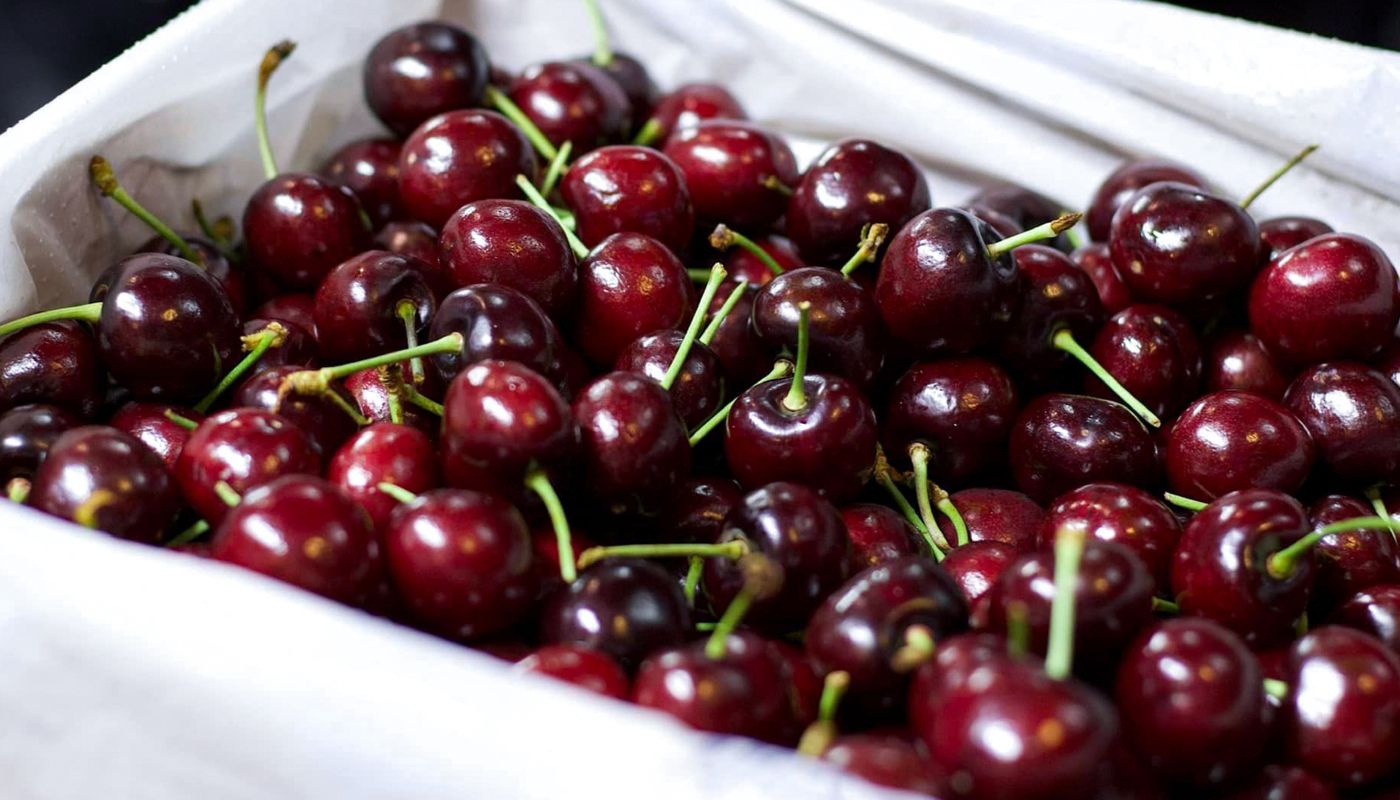With the first early cherries already being harvested in Mendoza, Argentina officially kicked off the 2025/2026 cherry season.
The country is preparing for a new production and export cycle of one of the most highly valued fine fruits in international markets, although this time the outlook presents some nuances: decreases in volumes are expected in Río Negro and Neuquén, which could cause exports to close below the 8,000 tons reached in the previous season.
This was confirmed by the manager of the Argentine Chamber of Integrated Cherry Producers (CAPCI), Aníbal Caminiti. “In Chimay, Río Negro, the harvest will begin next Monday or Tuesday,” the leader announced, providing a detailed overview of the start of the campaign and the production prospects for the country’s main cherry-growing regions.
As every year, Mendoza marks the start of the Argentine harvest with its early varieties, which are primarily destined for the domestic market. “The fruit from Mendoza that is being harvested now goes to the local market, where it fetches good prices. It doesn’t go to China due to health issues related to the fruit fly,” Caminiti explained.
The leader emphasized that the first harvests show good quality and that domestic prices are in line with the producers’ efforts, in a context where logistics and input costs remain high.
Río Negro and Neuquén: Warning signs of the “Shift”
In the case of Río Negro and Neuquén, the two provinces that concentrate the bulk of Argentina’s exportable cherry production, the situation is somewhat more complex. Caminiti explained that in both areas, a phenomenon known as “sliding” or “purging” is being observed, which involves the natural shedding of already set fruit.
“It’s common for some varieties to experience some level of sliding, especially after years of high production. But this year we’re seeing it more intensely and we want to evaluate what factors are causing it,” said the CAPCI representative.
He explained that the initial hypothesis points to climatic issues: “Winter covered the chilling hours well—1,064 hours, practically the same as the average in recent years—but the quality of the chilling was not good. We had a month of high and low temperatures in May and also July. This can have physiological consequences for the plants, which are later reflected in fruit set and retention.”
Adding to this scenario was a warm spring, with very few significant frosts. “We only had two or three major frosts, and after that, everything was rather warm. That made the season come earlier and look very similar to 2022,” Caminiti noted.
The result of this combination of factors is a lower fruit load for some varieties, although without affecting their quality. “It’s important to clarify that this shift impacts volume, not quality. In that sense, we’re doing very well, with excellent fruit in most lots,” he emphasized.
Exports: A campaign with tight figures
Although the leader preferred to remain cautious until more precise technical data was available, he did anticipate that exports could be somewhat reduced compared to the previous cycle. “In principle, we can risk that this season’s exports, in the best-case scenario, would be at last season’s levels. But we cannot rule out figures falling below 8,000 tons,” Caminiti estimated.
This figure would mark a decline compared to the 2024/2025 harvest, when Argentina managed to consolidate its shipments to China and other destinations in Asia and North America, positioning itself as one of the main players in the Southern Hemisphere behind Chile.
However, Caminiti emphasized that the impact of the shift could be mitigated thanks to the incorporation of new young plantations, which increase their harvest volume each year. “The lower production due to shifting could be offset, at least in part, by the contribution of the new forests that are entering full production,” he commented.
This phenomenon reflects the sustained growth that the Argentine cherry industry has experienced in the last decade, with significant investments in post-harvest technology, irrigation systems, and varieties adapted to the country’s different agro-ecological zones.
China, a key destination
According to CAPCI projections, the first shipment of cherries destined for China could leave the Middle Valley of Río Negro in the coming days. “If we started the harvest on Tuesday, October 28th, we would be arriving with the first shipment to China next Monday. We’re going to find a depleted market with good prices,” the leader anticipated.
China remains one of the main external markets for Argentine cherries, especially in the weeks leading up to the Lunar New Year, when demand soars and prices are particularly attractive.
In short, the 2025/2026 season presents both ups and downs. Mendoza contributes the first high-quality cherries to the domestic market, while the Patagonian provinces, the driving force behind exports, face a production challenge that could limit sales volumes abroad.
Even so, the quality of the fruit, the international price outlook, and the expansion of new production areas allow for optimism within the sector.
“We are coming in with very good quality, and although volume may be somewhat affected, we are confident that Argentine cherries will continue to consolidate their presence in the most demanding markets around the world,” Caminiti concluded.
Source: Más Producción

